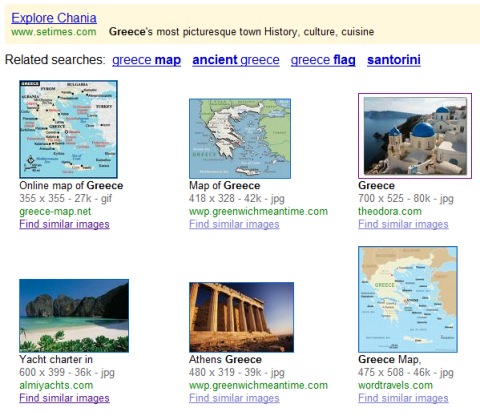

This returns an inverted index showing the most relevant images at the top.Īfter, Google re-ranks the image search results. Then, it uses information retrieval techniques to match the search query to the textual information associated with the images available in the image index. Google takes your query and processes it to understand what it means. Here is what happens when you search for an image. The image feature scores and similarity score are added in the index along with the image. When indexing images, Google identifies image features, determines the similarity between images and excludes near-duplicates from the index keeping only the most representative of the set. Once the crawler has extracted everything, it stores the images and its related information into an image repository, also know as the index, or image index. Before storing the images, to provide context for the image, the crawler extracts textual information relevant to the images (anchor, alt attribute, text surrounding the images, image caption, metadata and more). Google’s web crawler follows links to web pages. Here is what happens before you search for an image. Serving image search results to the user is complex and require some work before the query and other work at the time of the query. TL DR – How the Image Search Engine Results are Ranked?


The image search engine is the part of the image search system that crawls and indexes images, receives search queries for images, ranks images and returns search results in response to the image query. Perform for a query in web search and select “images” from the menu.On, select “Images” in the top right corner.There are 3 ways to access Google Images:


 0 kommentar(er)
0 kommentar(er)
